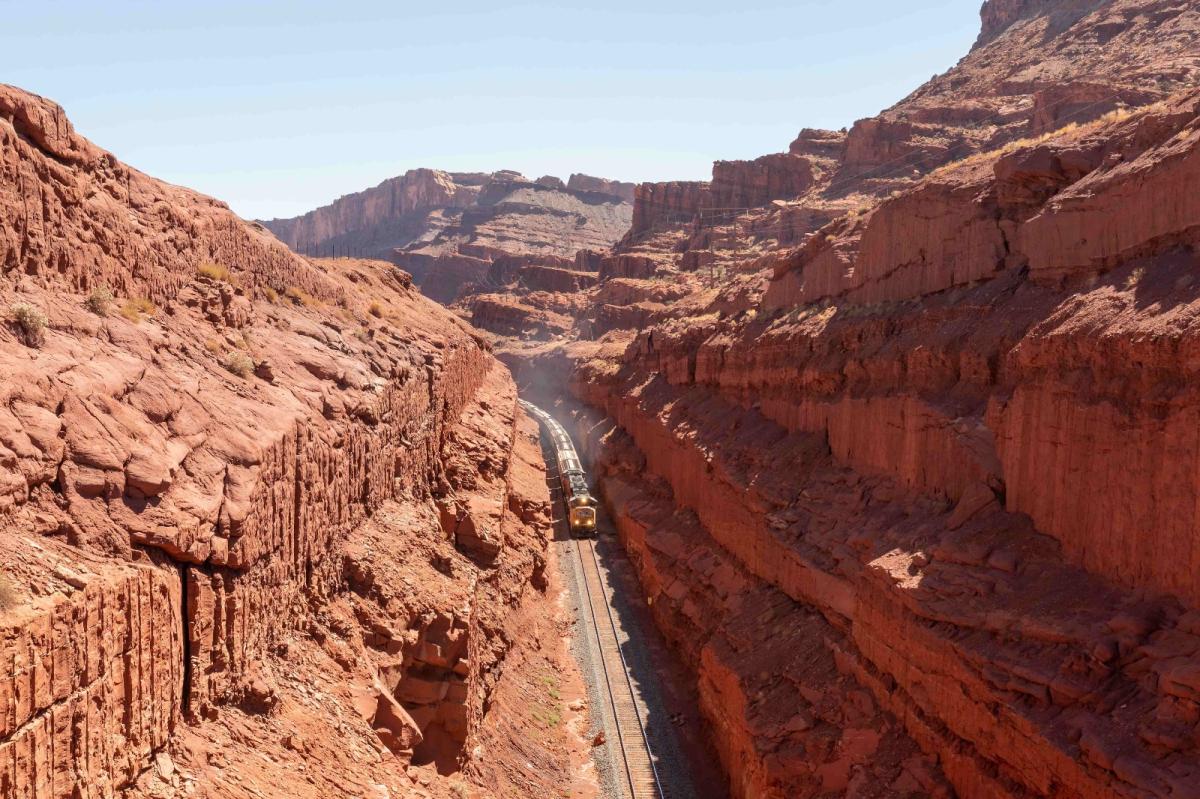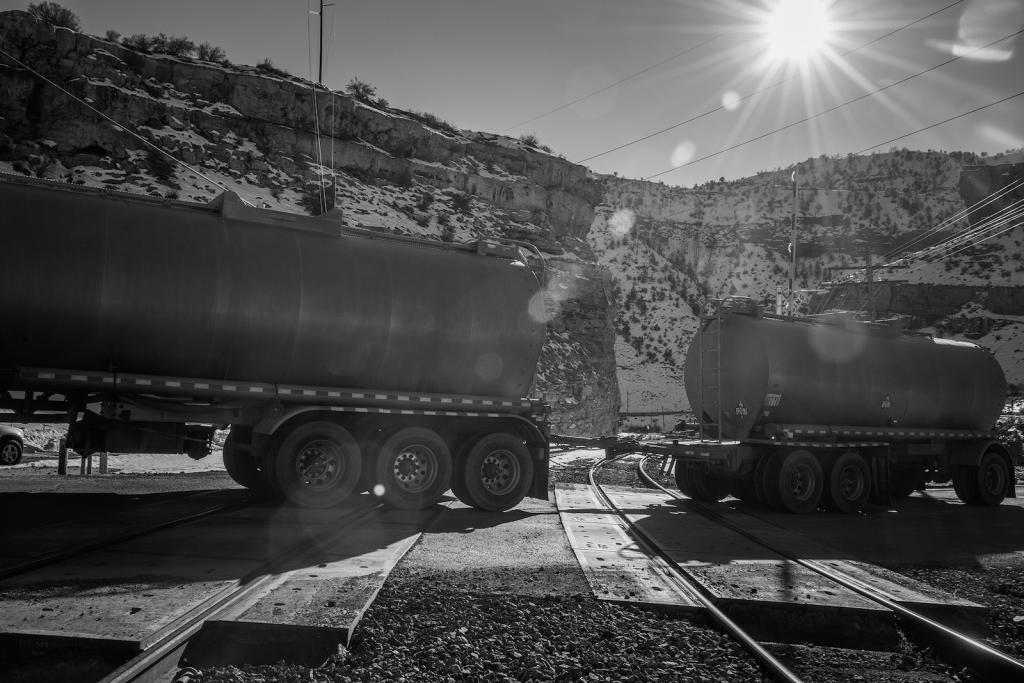This story was originally published by Mother Jones and is reproduced here as part of the Climate Desk collaboration.
The state of Utah has come up with its share of boondoggles over the years, but one of the more enduring is the Uinta Basin Railway. The proposed 88-mile rail line would link the oil fields of the remote Uinta Basin region of eastern Utah to national rail lines so that up to 350,000 barrels of waxy crude oil could be transported to refineries on the Gulf Coast. The railway would allow oil companies to quadruple production in the basin and would be the biggest rail infrastructure project the U.S. has seen since the 1970s.
But in all likelihood, the Uinta Basin Railway will never get built. The Uinta Basin is hemmed in by the soaring peaks of the Wasatch Mountains to the west and the Uinta Mountains to the north. Running an oil train through the mountains would be both dangerous and exorbitantly expensive, especially as the world is trying to scale back the use of fossil fuels. That’s why the railway’s indefatigable promoters, including ... Read more



